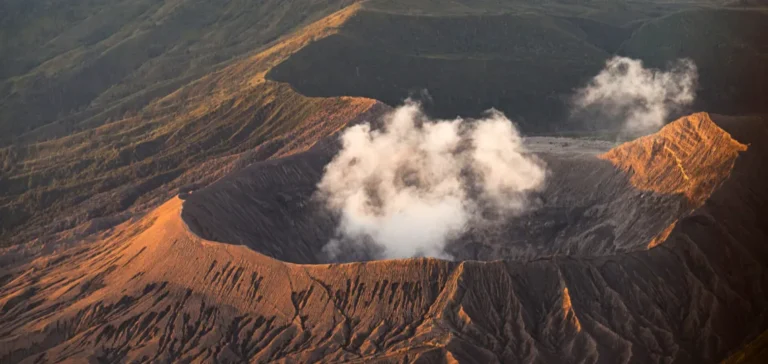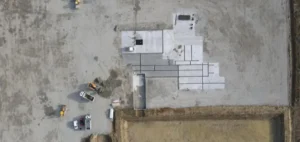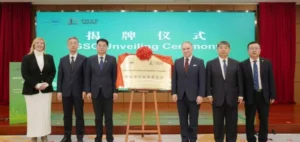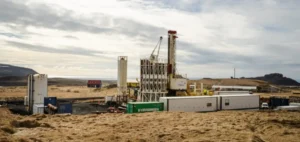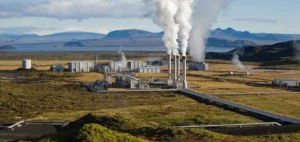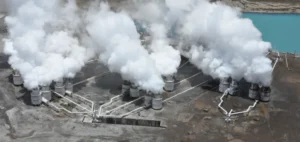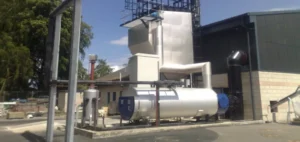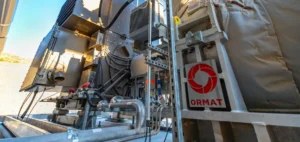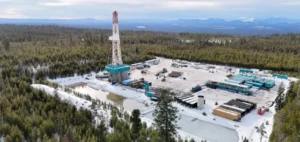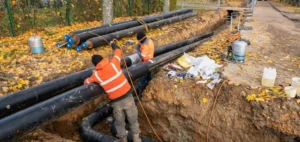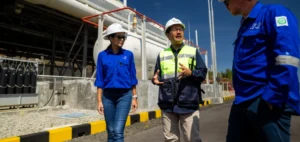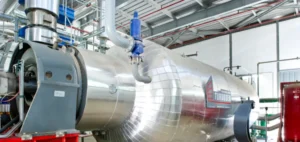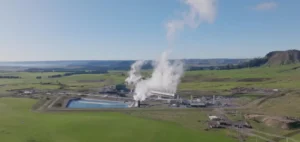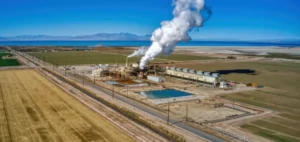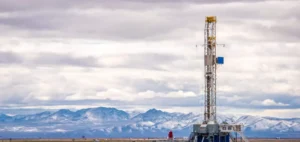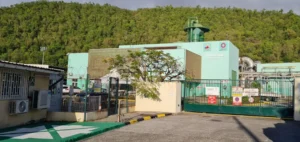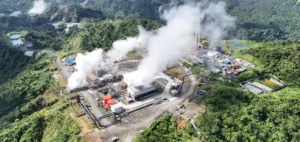The U.S.-based consortium Project InnerSpace has launched a new version of its energy mapping tool GeoMap, focused on the Middle East. This interactive platform highlights a geothermal potential estimated at 14,000 GW for cooling, with additional prospects in energy storage and electricity production. The initiative comes amid rapid urban growth and increasing demand for stable energy across the region.
Urban cooling as a key application
In Gulf states, air conditioning accounts for up to 70% of peak electricity demand. According to data integrated into GeoMap, geothermal district cooling systems could significantly reduce pressure on power grids, particularly in cities like Riyadh, Dubai, and Doha. The most promising countries in terms of cooling capacity are Iran, Egypt, Iraq, and Turkey, which account for around two-thirds of the regional potential, while Saudi Arabia, the United Arab Emirates, and Qatar also hold major opportunities.
Energy storage in sedimentary basins
GeoMap also identifies geological formations suitable for storing energy as heat. Areas in Iraq, Syria, the Gulf states, northern Saudi Arabia, and Yemen could serve as “earth batteries” to balance grids powered by intermittent sources like solar and wind. These underground systems would trap and release heat on demand.
Zones suited for power generation
The Red Sea Rift, between western Saudi Arabia and northern Yemen, presents favourable conditions for gigawatt-scale geothermal power production and desalination projects. Additional reservoirs have been identified in eastern Turkey and northern Iran. These areas are also seen as suitable for geothermal-powered data centres.
The project leverages local industrial expertise, particularly from the oil and gas sectors. Drilling capabilities and existing infrastructure are considered advantages for accelerating geothermal development in the region. GeoMap is already in use in Africa, North America, India, Asia, and Oceania.


